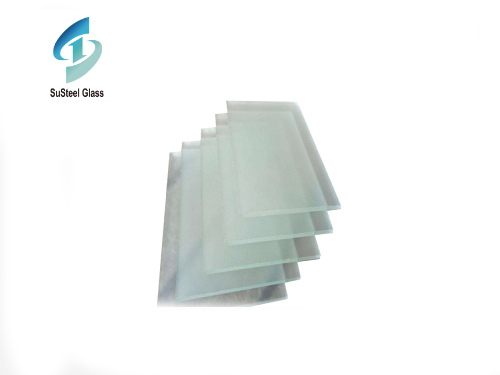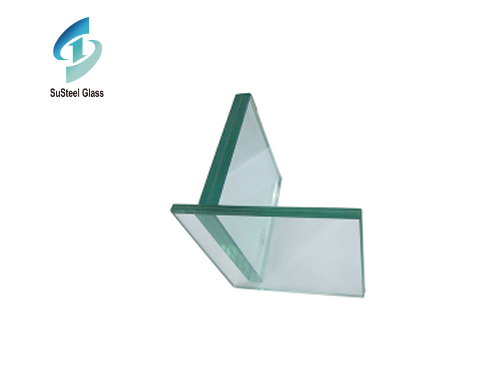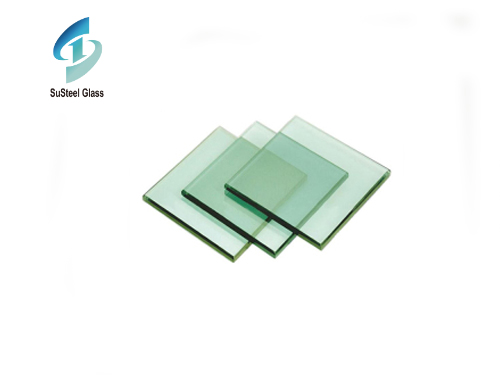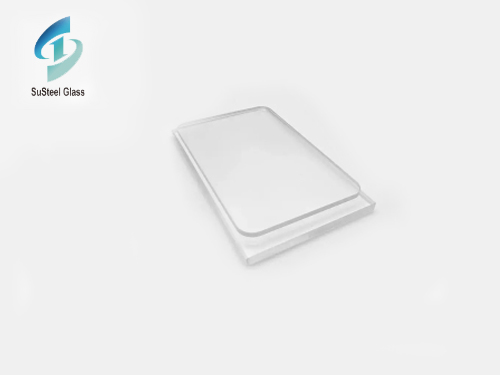
There are many factors that affect the forming of rolled plate glass, such as material properties, quality of liquid glass, overflow structure, calendering operation, roll diameter size, and annealing process.
The main factors affecting calendering molding process are: liquid level height, kiln pressure, the temperature of glass liquid, forming speed ratio, the surface temperature of calendering roller, the position of lip brick.
Influence of material properties on the forming of rolled plate glass. The material property of glass refers to how fast the viscosity of glass changes with temperature, which can be considered as the change of the viscosity in a certain time. According to the viscosity change of the glass can be divided into short and long glass. The fast viscosity change is short material glass, the slow viscosity change is long material glass. Material is long, material is short, which is a concept of molten glass liquid in glass furnaces. The so-called material is long and short, refers to the length of the solidification time of the glass into the mold. In the relatively short material properties of the glass molten liquid containing alkali, the solidification time will be longer, less alkali, the solidification time will be shorter. General blowing requirements of the material is longer, pressing requirements of the material is shorter.
Forming speed on the influence of calendering plate glass forming, the so-called forming speed refers to the angular speed of the calendering wheel, the speed is limited by the melting amount, the production of thin glass is fast, the production of thick glass is slower.
The composition requirements of rolled plate glass, due to the particularity of the forming process (instant forced roller pressing quench forming) so there are special requirements for the composition. 1: Before entering the press roll, the glass viscosity is low to maintain good plasticity and ensure clear pattern. 2: after the wheel pressure glass should decrease with the temperature, the viscosity increases sharply, so that the glass is cured quickly, and the pattern is stable. 3. Glass should have small surface tension, keep the pattern clear after forming, and have good crystal refraction. 4: It is not easy to produce crystallization phenomenon in the production process. 5: good chemical stability. 6: cold working performance is good.
 Exploring the Versatility and Elegance of Custom Thick Glass
Exploring the Versatility and Elegance of Custom Thick Glass
 Unveiling the Strength and Versatility of Laminated Glass: Exploring Material Properties
Unveiling the Strength and Versatility of Laminated Glass: Exploring Material Properties
 Enhancing Safety with Blast Resistant Glass: Innovations, Applications, and Protective Solutions
Enhancing Safety with Blast Resistant Glass: Innovations, Applications, and Protective Solutions
 Painted glass has emerged as a captivating medium for interior design
Painted glass has emerged as a captivating medium for interior design

